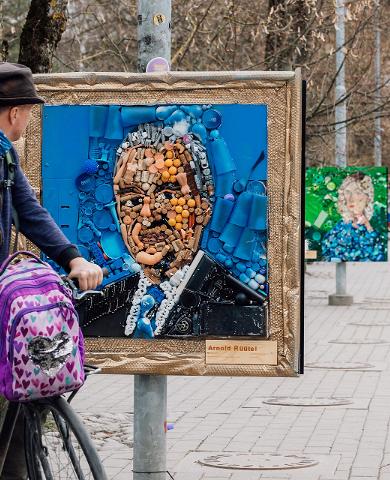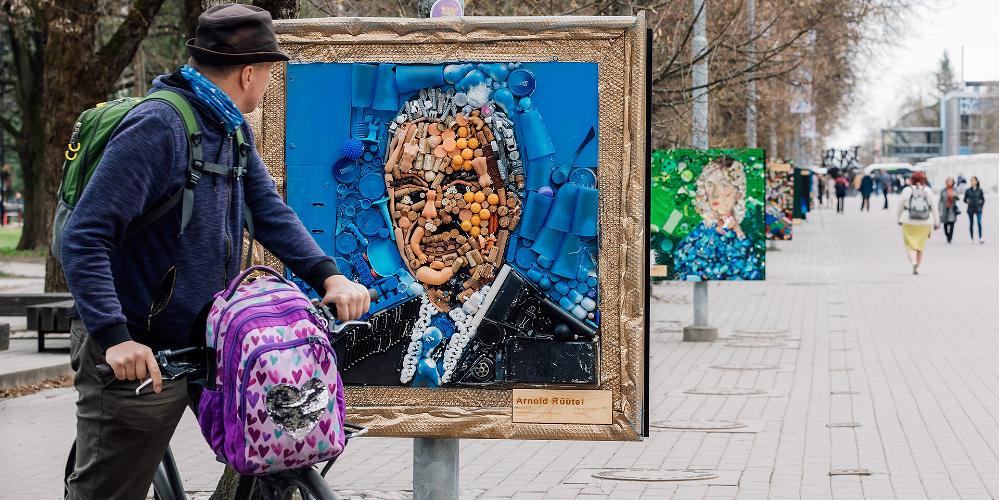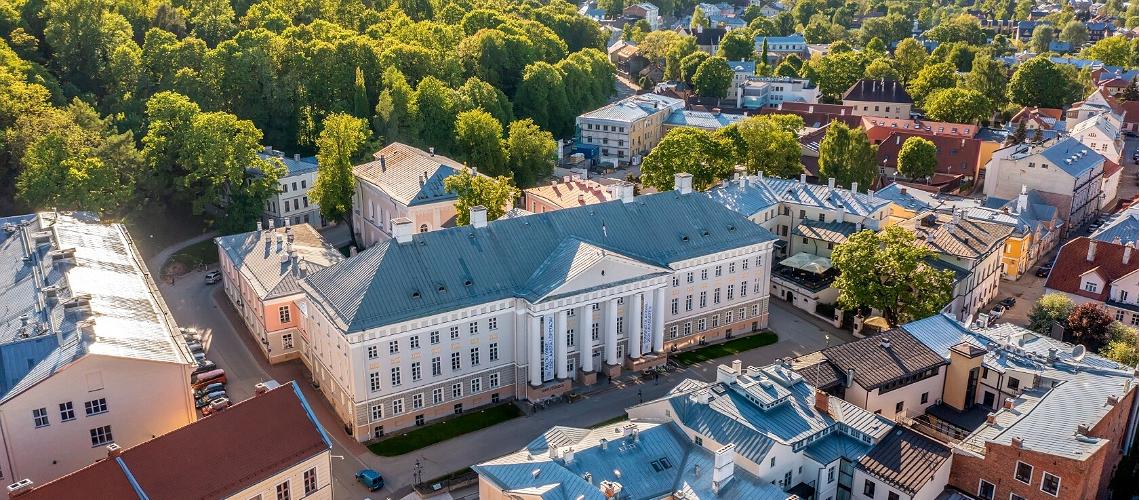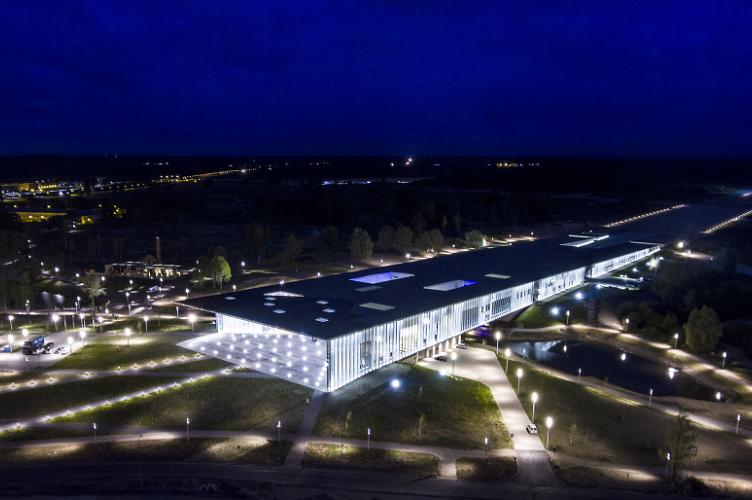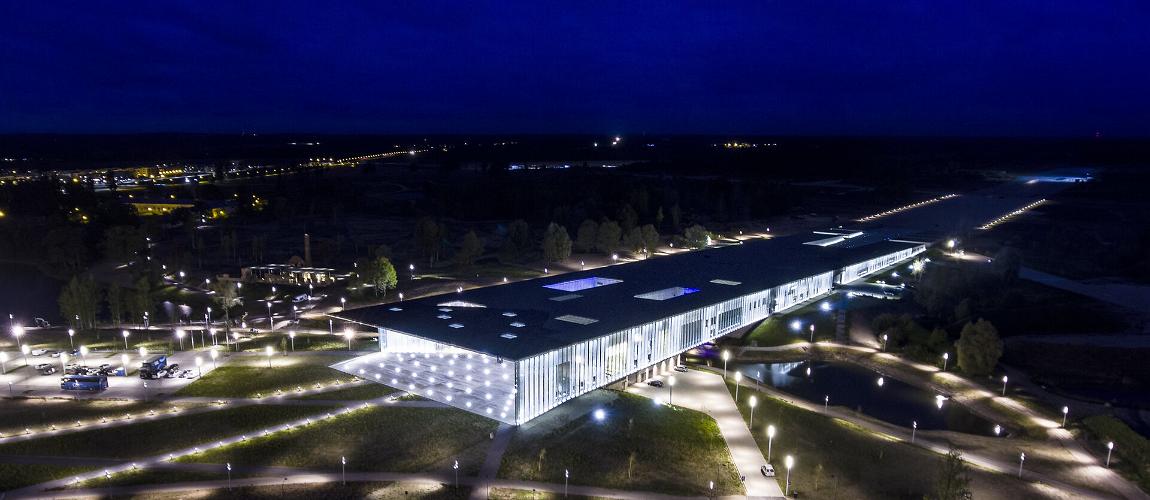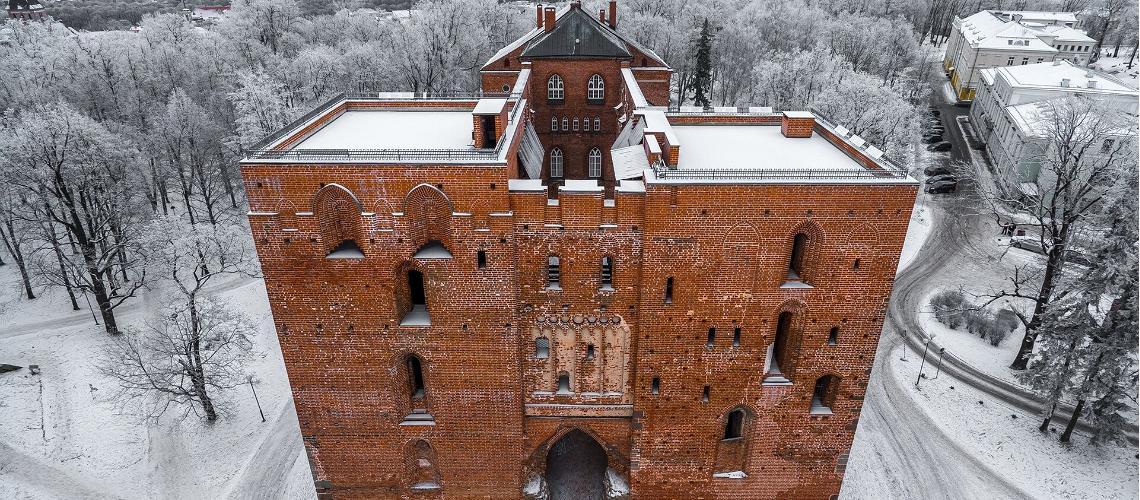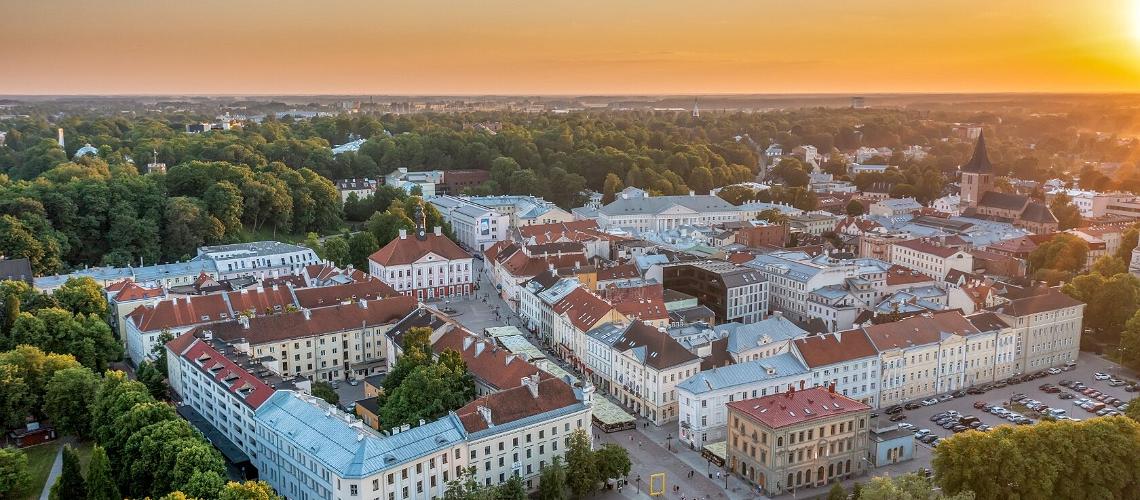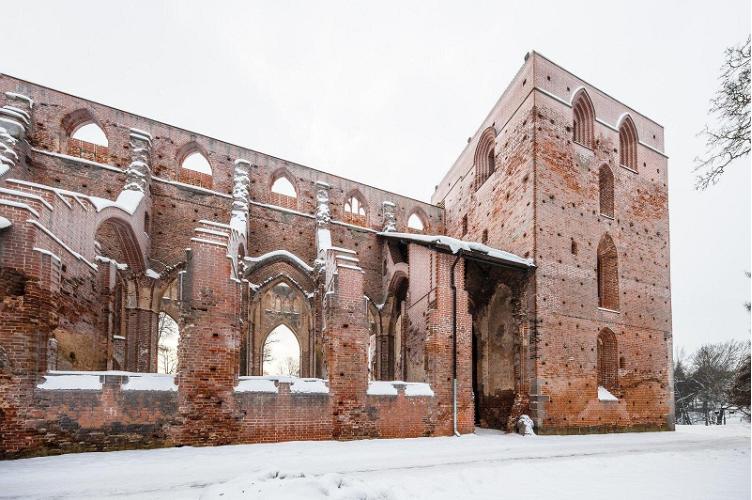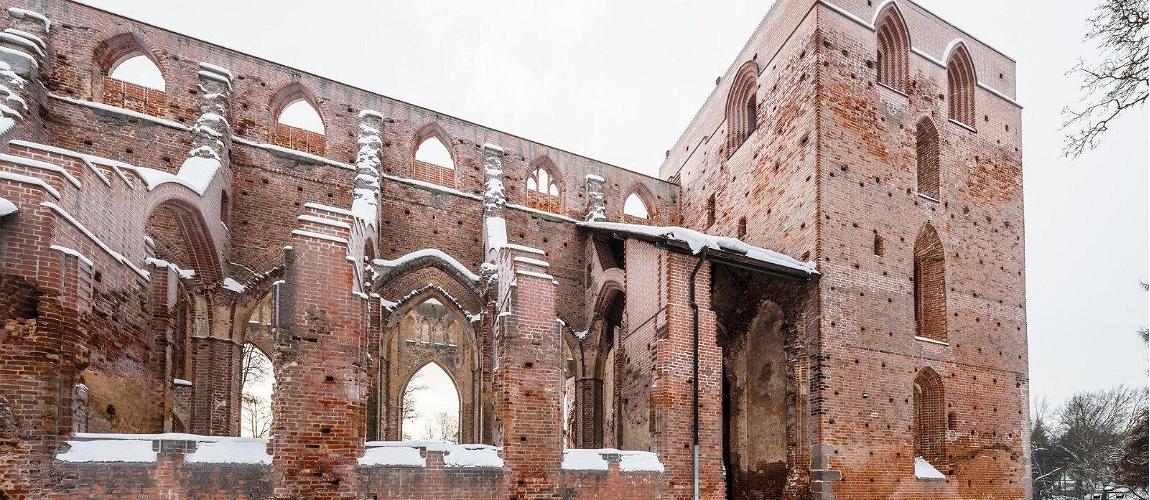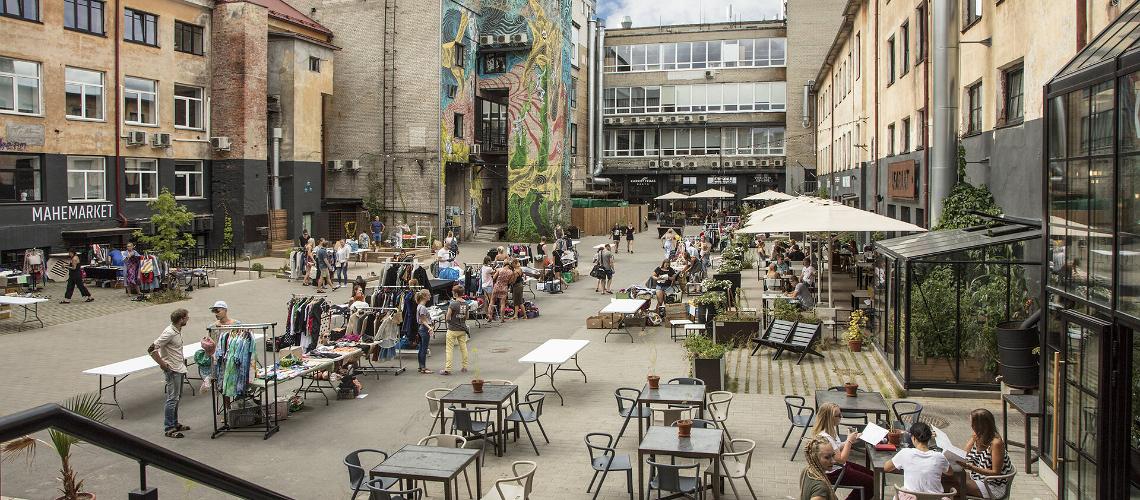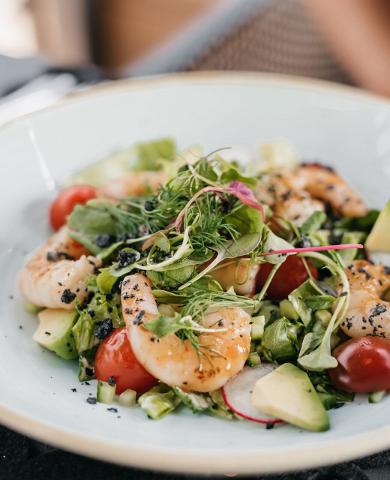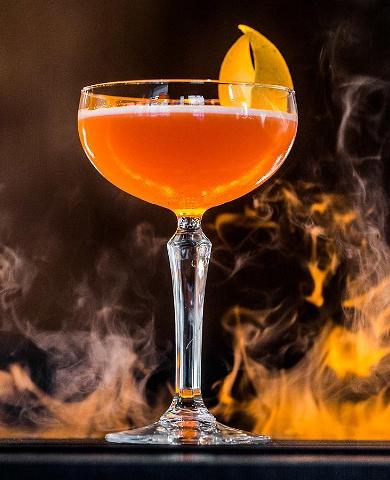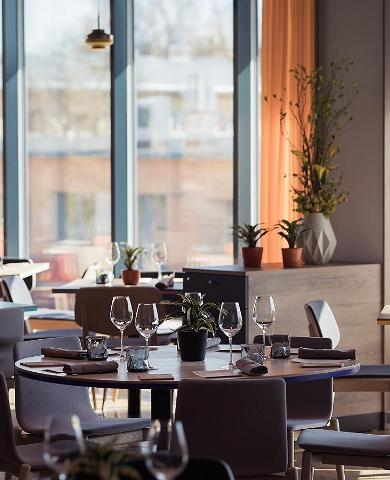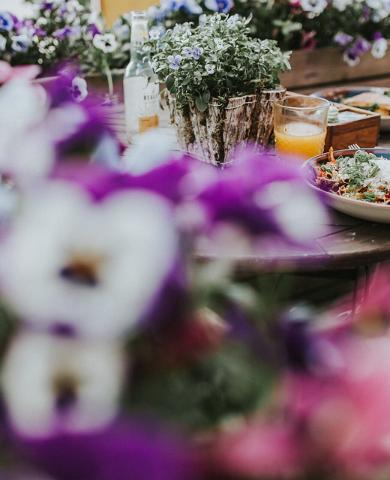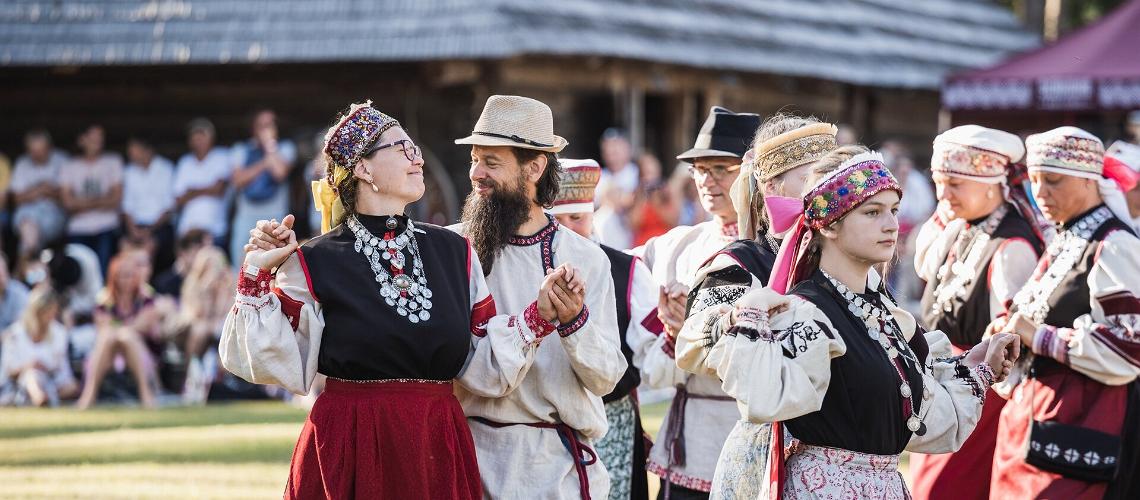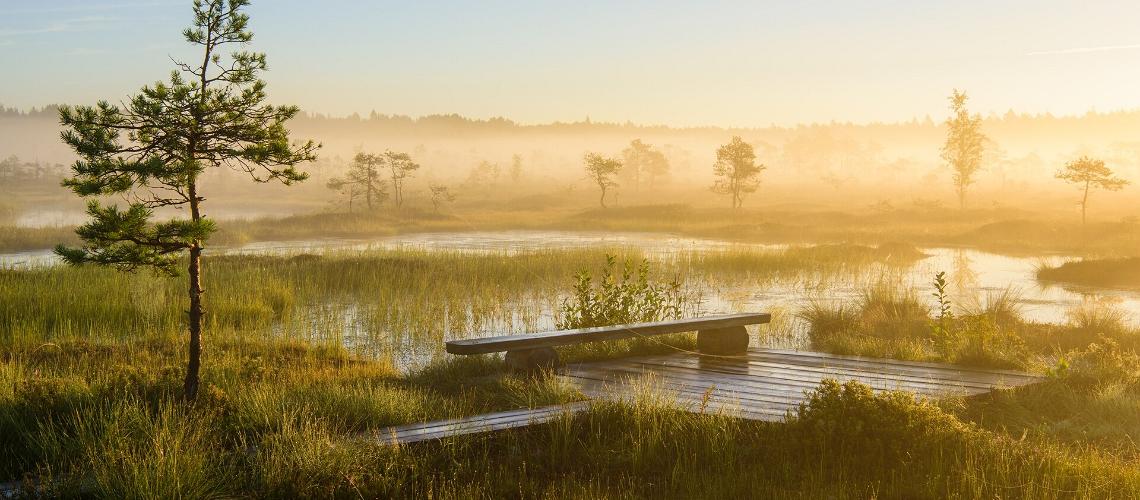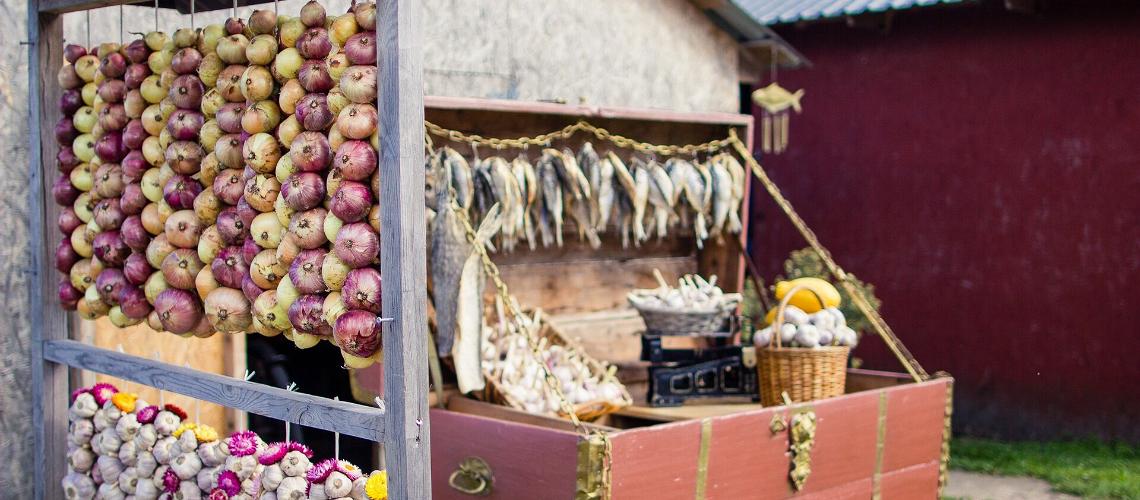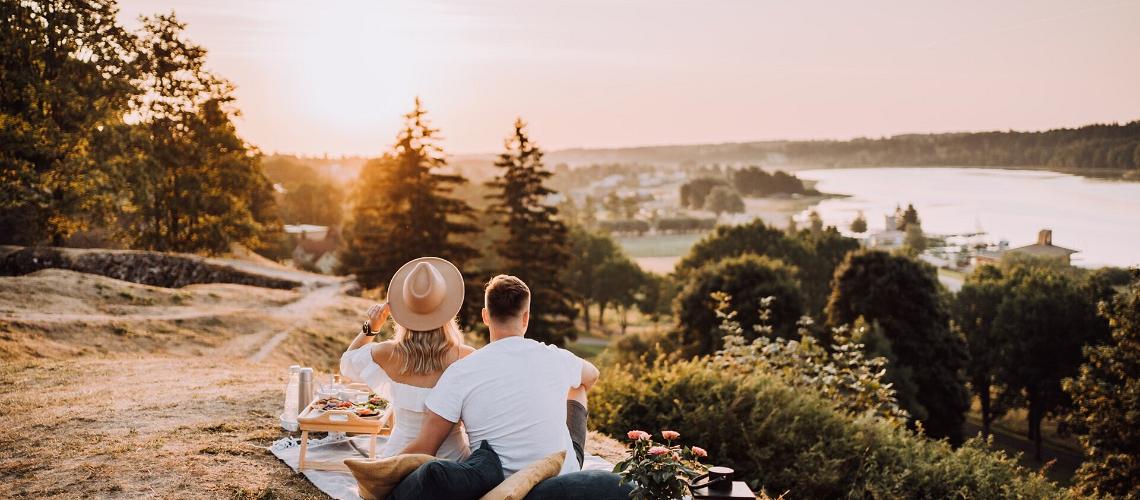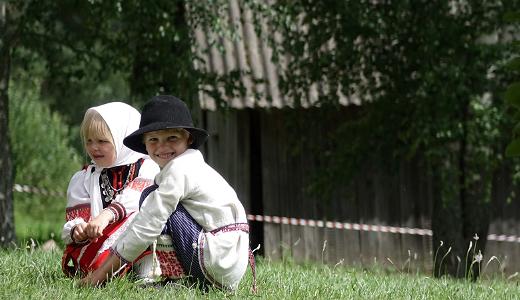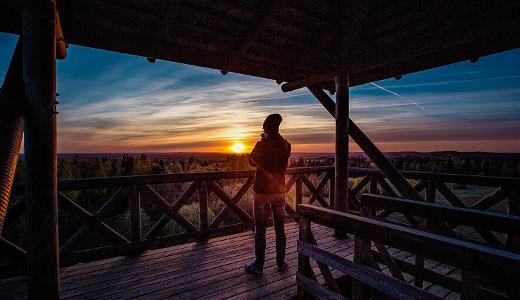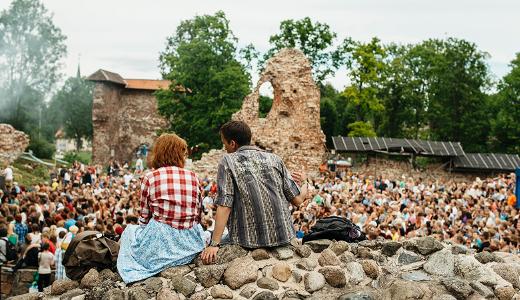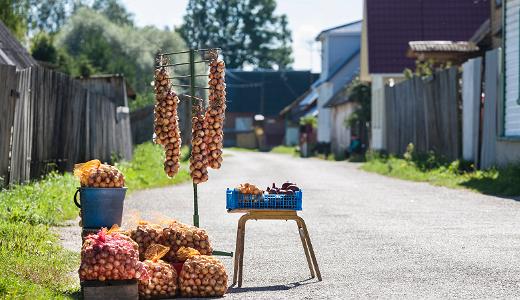Estonia's second city is vibrant...
The city of Tartu has long been considered the not-so-secret cultural center of the country. Its tradition as a university town has always made it the intellectual focal point of Estonia. The city is defined by its urban green spaces, lively cafe culture, and the Emajõgi River that cuts the city in two.
Student life is at the heart of Estonia's second city, and a varied calendar of plays, concerts, festivals, conferences, and sporting events occur all year round. The most popular events include Tartuff, a festival dedicated to romantic films screened at the largest outdoor popup cinema in the Baltics, Tartu's Hanseatic Days, the twice-yearly student days, Rally Estonia, and the IDeeJazz festival.
Part of Tartu's charm is its compact footprint — it's easy to get from point A to B. Immerse yourself in the city by exploring at a leisurely pace. Wander about on foot, or grab an electric bike through the city's Smart Bike Share app.
Tartu is also home to over 20 museums, and since 2015, it has also been part of the UNESCO Network of Creative Cities, earning the designation of International City of Literature. National Geographic Traveller has included Tartu on their list of the 30 most exciting destinations to visit in 2024, as Tartu will spend the year as European Capital of Culture. A wide-ranging program of events will take place all over the city and South Estonia. Check out the article below to see some of the year's highlights!
...with the energy of a university town
The University of Tartu was founded by King Gustav II Adolf of Sweden in 1632, making it one of the oldest universities in Northern Europe. The university has given the city a long scientific and intellectual tradition; that collegiate spirit is still going strong today.
Every fifth resident of Tartu is a student. That is why the city has such youthful energy. Popular with strolling professors and students, spacious Toomemägi Park allows you to enjoy nature in the middle of the city. Likewise, students fill the narrow streets of Tartu's Old Town and relax on the banks of the Emajõgi River.
Thanks to the large student population, Tartu has a refined yet adventurous cafe culture, with an atmosphere somewhat similar to that of some Central and Southern European countries. Werner Cafe is one of the oldest cafes in Estonia and has been a popular meeting place for writers, poets, and other historical figures for the past 125 years. Across the street, you will find another historical eatery, Ülikooli Cafe, which often hosts live music. Diners can enjoy budget-friendly lunch options on the large balcony when weather permits! Steps away from the university, you can also find some of the best sweet and savory pancakes in town at Krempel.
Even if you're not a student, you can easily expand your knowledge at one of Tartu's museums. In addition to the National Museum, you can visit the interactive science center AHHAA, Tartmus (Tartu Art Museum) in the crooked house on Town Hall Square, the Tartu City Museum, TYPA Printing and Paper Arts Centre, the A. Le Coq Beer Museum, the University of Tartu Museum and Tartu Cathedral's observation deck.
...the charm of a medieval village
First mentioned in writing back in 1030, Tartu, known as Dorpat until the first Estonian independence, was once an important Hanseatic trading city, along with Tallinn, Pärnu, and Viljandi.
The Hanseatic League was an association of merchant cities that spread from the Netherlands to Russia and from Estonia south to Krakow, Poland. Timber, furs, honey, flax, fish, and resin traveled east to west, and cloth and manufactured goods traveled in the opposite direction.
In 1775 a huge fire destroyed nearly the entire city center, which is why most of the historic buildings left standing today date from the 18th and 19th centuries. While medieval relics may not be as plentiful as in Tallinn, there are still a few places to visit and imagine yourself traveling back to the Middle Ages.
... and the hipster vibes of a changing city
The bohemian quarters of Karlova and Supilinn (Soup Town) are known for their small wooden houses, slightly eccentric atmosphere, colorful street art, and fascinating stories.
Soup Town is an area filled with historic wooden houses and streets named after root vegetables. Hopefully, the area will remain an iconic part of Tartu for decades to come, thanks to the work of local residents who seek to preserve the neighborhood's identity. The neighborhood of Karlova is also characterized by colorful wooden houses but is more middle-class than Soup Town. The district attracts visitors with its bohemian atmosphere and impressive street art, and nightlife focuses around its central meeting point, Barlova.
Tartu also recently created a playground for creative people modeled on Tallinn's Telliskivi Creative City. Aparaaditehas (Widget Factory in English) was built on the grounds of an old factory on the outskirts of the Karlova district. A favorite hipster spot, Aparaaditehas hosts small, stylish local design shops, cozy eateries, and lively parties.
Tartu's creative energy is starting to work its way through the fine dining scene, as well. Though Tallinn may have more restaurants in the MICHELIN Guide, the three found in Tartu are tied to local hotels, making it easy to escape for a weekend to dine and sleep in style.
MICHELIN Guide dining in Tartu & South Estonia
Tartu is the heart of a fascinating region!
Tartu is the gateway to South Estonia, a region filled with traditional cultural experiences, captivating towns and villages, and stunning scenery. There are endless options for soaking in the very "Estonian-ness" of this area, whether by taking part in holiday celebrations, canoeing through flooded wetlands, or rubbing shoulders with locals at a small-town cafe.
South Estonia is home to two important communities — Setos, who have long inhabited the area along the border between Estonia and Russia, and Old Believers, who fled Russia in the face of religious persecution over three hundred years ago. Both communities practice Orthodox Christianity, but each has unique cultural practices and traditions.
Tartu is the largest city in South Estonia, but smaller cities in the region have their own local flavor. Head to Viljandi for the famous Viljandi Folk Festival or a visit to the ruins of its castle. Like Tartu, Viljandi was once a part of the Hanseatic League. Otepää is known as the winter capital of Estonia, though it is equally charming in the summer; sports enthusiasts particularly enjoy the options for skiing, hiking, running, and disc golf. Both these towns sit beside picturesque lakes — another feature of South Estonia.
Though South Estonia is tucked away from Estonia's extensive Baltic coastline, water still plays an outsized role in the environment. From the bogs of Soomaa National Park to rivers to small lakes and the shores of Lake Peipsi, the fourth-largest lake in Europe, you can swim, paddle, or relax by the water to your heart's content. Nature lovers can take their pick of South Estonia's hidden corners and have some of the country's best nature areas all to themselves!






